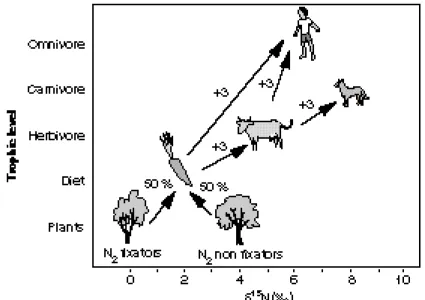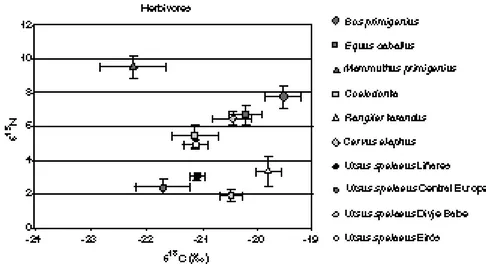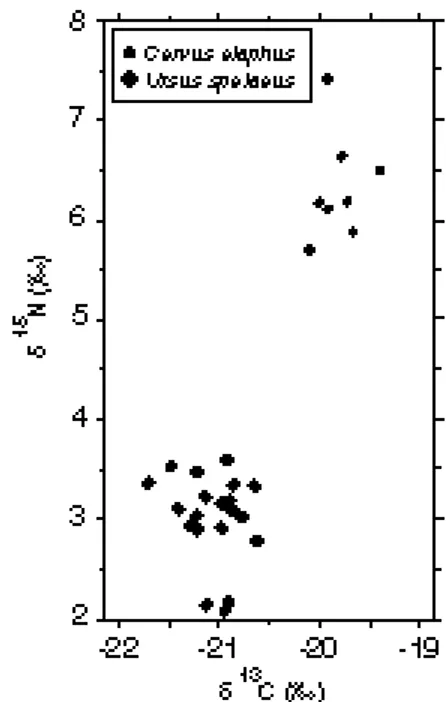TítuloCave bear's diet: a new hypothesis based on stable isotopes
Texto completo
Figure



Documento similar
This paper presents the design of a component library for modelling hydropower plants, and describes the development of a new simulation tool for small hydropower plants with
In this study, based on the literature and in silico results, we focus on analyzing the levels of miRNA targeting ACE2, TMPRSS2, and RAB14, all associated with viral entry
Abstract: Based on the hypothesis that embryo development is a crucial stage for the formation of stable epigenetic marks that could modulate the behaviour of the resulting plants,
Therefore and based on the hypothesis that professionals with a background and/or experience in palliative care could score better on the quiz (larger number of hits and
1) to describe the food webs using carbon and ni- trogen stable isotopes, with emphasis on tempo- ral and habitat variations in the diet of P. clarkii occupies the same trophic
Based on all this review of the literature on the subject, we will depart from the hypothesis that can predict the behaviour and the level of physical activity in leisure time
In this paper we estimate a demand for private medical services equation based on the tradition of the Grossman´s model of demand for health using data for a panel of
In this Section we shall identify the group of affine transformations of S 1 and R, namely SL(2, R), and we shall derive the CWT on both spaces in a unified manner, based on